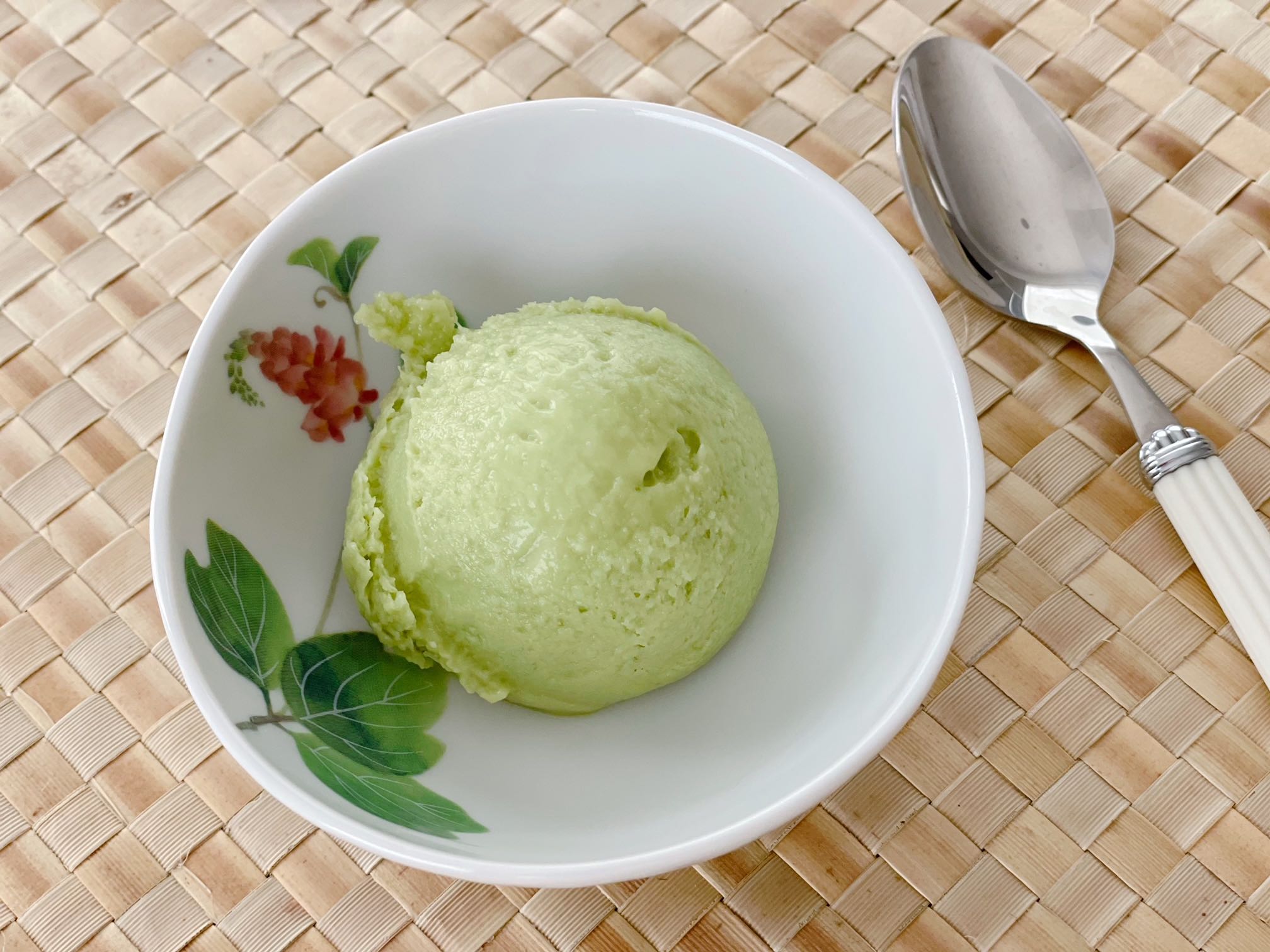Lemon Sponge Pudding Recipe to Enjoy Now
I came across a recipe for Lemon Sponge Pudding as food editor of the Honolulu Advertiser years ago. It accompanied a wire service story. I didn’t run the story, but I kept the recipe.
The recipe was credited to Mrs. Anna Kellogg and printed in 1941 in “Favorite and Original Recipes of the Members of the San Joaquin County Farm Home Department of the Farm Bureau.”
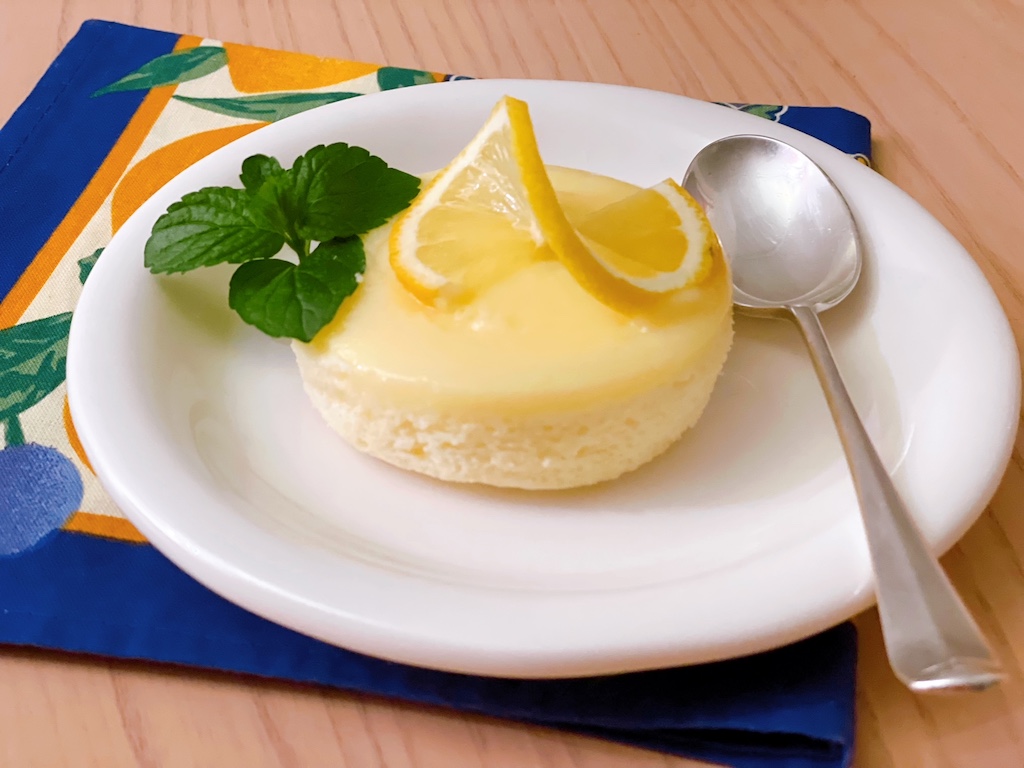
What’s a Sponge Pudding?
You might have seen this type of recipe before. You mix up a simple batter and magically, a layer of cake and a layer of pudding separate out during the baking. Fine Cooking explains the process and notes the dessert’s history, which goes back over a hundred years.
Revising the Recipe
At first look, the lemon pudding recipe I had saved seemed simple. When I actually read it through, I found key information missing. This is fairly common in consumer-generated recipes; it didn’t deter homemakers of that era because they were experienced cooks.
So I took an educated guess at the missing information, adding some embellishments of my own. The recipe turned out as promised, in two lovely layers. But it was so sweet as to be inedible.
Another good use for lemon juice is Mom’s Super-Easy Avocado Sherbet.
Undaunted, I tried again, cutting the recipe in half because 12 servings were too much for my needs, reducing the sugar, and adding more lemon juice. I also buttered the custard cups and dusted them with sugar so the pudding could slip out easily, to be served pudding-side up.
Here’s the revised recipe and it is so completely different from the original in ingredients and method to have evolved into a new recipe. I also revised the instructions, adding more details as guideposts.
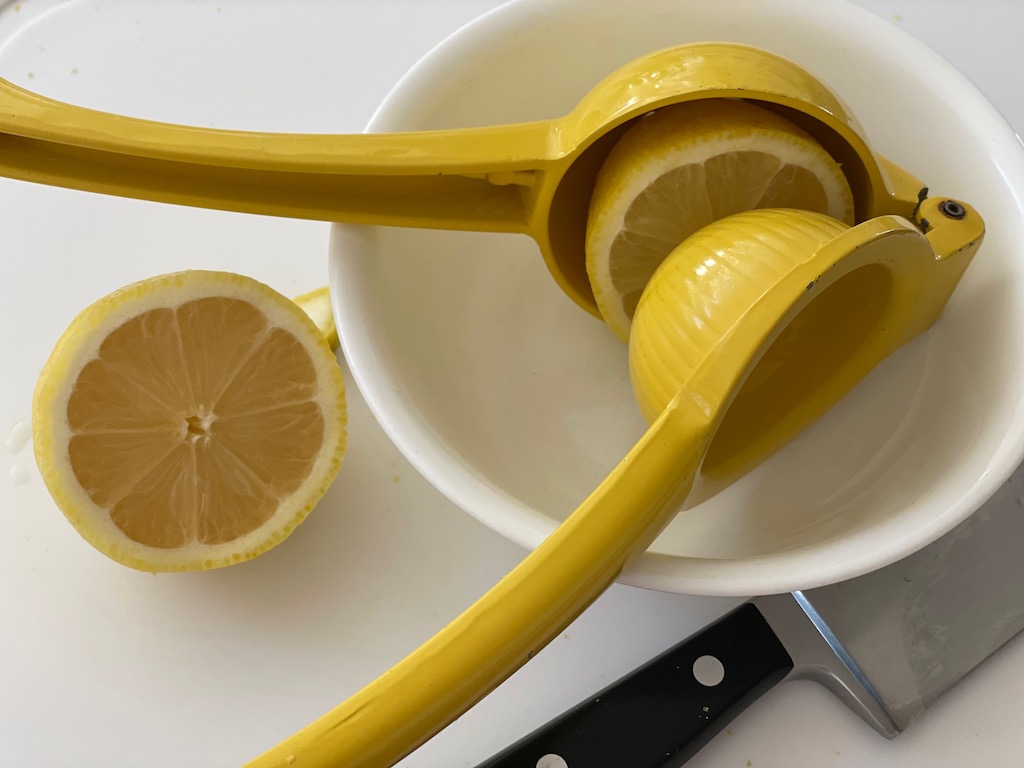
Lemon Sponge Pudding
- 2 eggs, separated
- 1/4 cup plus 1 tablespoon sugar, divided
- 1/4 cup freshly squeezed lemon juice
- 1 teaspoon grated lemon peel
- 1 tablespoon plus 1 teaspoon flour
- 1/8 teaspoon salt
- 1/2 cup milk
- Butter for greasing custard cups
- Additional sugar to coat custard cups
- 6 thin slices of lemon and 6 sprigs mint for garnish (optional)
Heat oven to 325 degrees F and start a kettle of water boiling. Butter 6 (6-ounce) custard cups or ramekins and dust with sugar.
In a large bowl, combine egg yolks and 1/2 cup of the sugar and whisk thoroughly. Add lemon juice, grated lemon peel, flour, and salt; whisk to blend and set aside.
Beat eggs whites with an electric mixer until soft peaks form. Gradually sprinkle in remaining 1 tablespoon sugar and beat until stiff.
Add milk to the lemon mixture and whisk. Add 1/4 of the egg whites and whisk gently to combine. With a rubber spatula, gently fold in the remaining egg whites.
Ladle lemon mixture into prepared cups, dividing equally. Put cups in a baking pan and fill with hot water to come halfway up the sides of cups. Bake pudding about 30 minutes until tops are golden and pudding begins to pull away from the sides of the cups.
Carefully remove cups from hot water, lifting them out by the rims with a pot holder. You can slide an egg turner under the cup to get a head start.
Cool on a rack for 10 minutes; center a small dessert plate over a custard cup and flip to invert the pudding onto the dessert plate. Repeat with remaining puddings. Serve warm or cold, garnished with lemon slice and mint, if desired.
Makes 6 puddings.
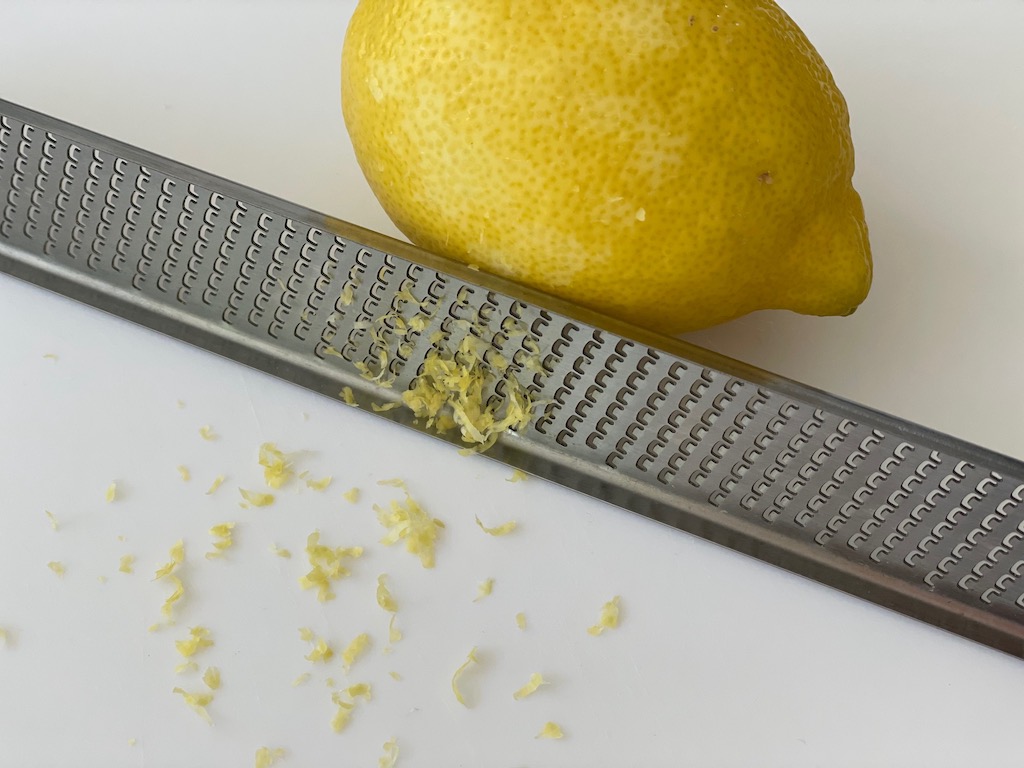
Recipe Notes
- To dust the custard cups with sugar, put about 1 tablespoon of sugar in a buttered custard cup and tap the cup to scatter the sugar; a thin layer will adhered to the butter. Keep turning and tapping until the entire cup is dusted with sugar. Turn upside down over the next cup and tap to get rid of excess sugar. Repeat for the remaining cups, adding more sugar as needed.
- This makes six fairly small servings. If you want larger portions, you could experiment by doubling the recipe and also filling the custard cups to the top.
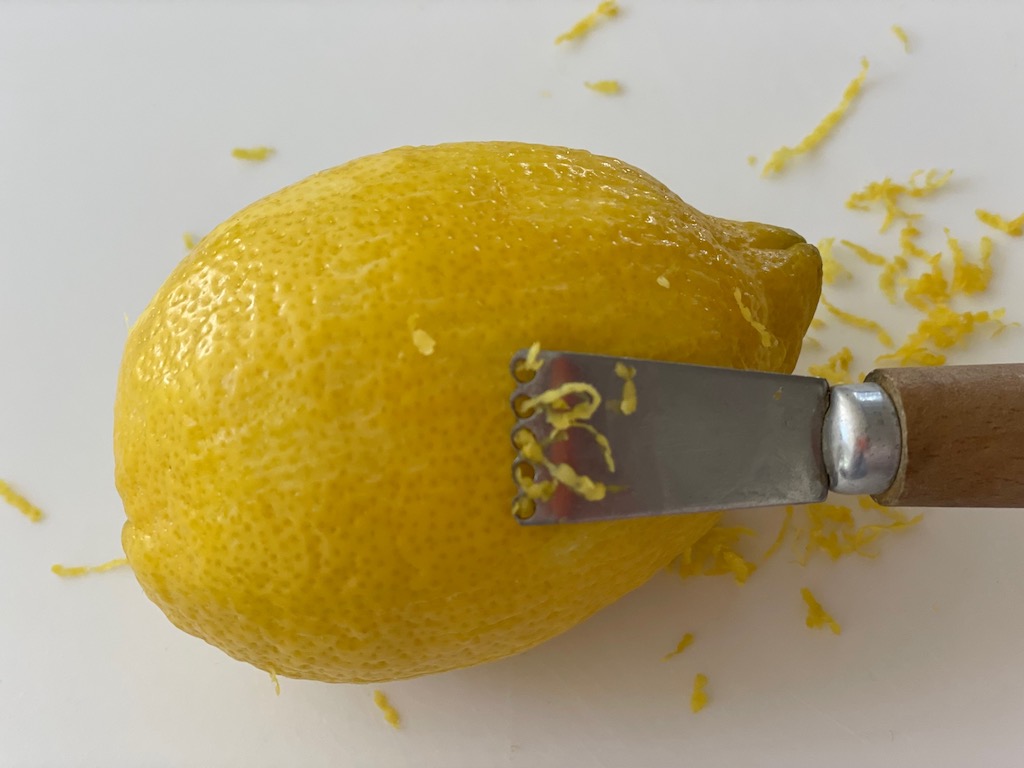
Lemon Tips
Try these lemon tips:
- Scrub lemons in warm, soapy water before using to remove any wax residue or pesticides.
- To get the most juice from a lemon, roll it around on the kitchen counter applying firm pressure, to soften the fruit before juicing.
- Alternatively, microwave lemon for about 30 seconds before juicing.
- If you have lots of lemons, juice them and freeze juice in small, takeout sauce containers. I measure the number of tablespoons in each container and mark it on the container cover. Once frozen, store all the containers in a larger freezer container or in a plastic bag.
- Grate lemons before squeezing and freeze any leftover grated peel in sauce containers. Use in cookies, rice dishes, vegetable dishes, cake and bread batters–any time you want to add a little zip of flavor.
- 1 medium lemon will yield about 2 teaspoons grated lemon peel and about 2 to 3 tablespoons of lemon juice.
- I like to use a juice press to squeeze lemons. Slice a little off the base of the lemon half, then put the lemon half into the press with cut side UP to get the most juice.
Don’t forget to sign up for my email newsletter. Every Wednesday, I’ll give you a new idea for an activity or insight to nurture the little ones in your life. Come visit!
